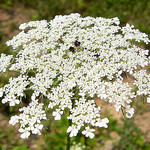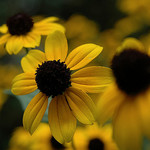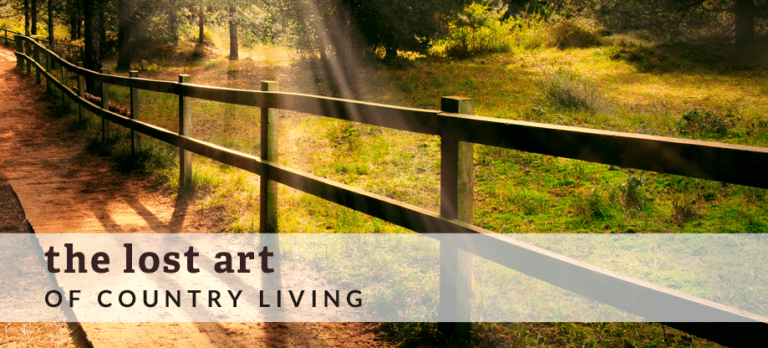A Brief Guide to Southern Wildflowers
Whether you want to appreciate the blooms you see while taking a stroll or wish to cultivate your own wildflower garden, it’s always nice to know what you’re looking at. The south features some of the most beautiful wildflowers you’ll ever see, in a dazzling array of colors. Here are a few you might want to take note of.
 Queen Anne’s Lace
Queen Anne’s Lace
This is one flower you probably won’t ever grow on purpose, but that doesn’t mean you can’t enjoy the lacy beauty in every southern field you pass. The tall flowers stand over most other grasses, so they’ll be the color you see waving in the wind. Up close, you’ll see the head of the flower is actually made of several smaller blooms, each with tiny petals. These, of course, give them the look of lace we all love.

Chicory
This surprising flower is most often blue or purple, though you may find it in white or pink. The stem is very tough and stands up to anything the harsh summer weather of the south can throw at it.
What many may not know is that the root of the chicory plant can be ground into a hot beverage. In many places, it’s added to coffee to extend the number of cups a family can enjoy. The brew is a little more bitter than that from a coffee bean, but many learn to enjoy it just as much, if not more.

Black-Eyed Susan
This beautiful flower looks a little bit like a daisy. The center of the flower is often dark brown or even black. Petals are a buttery or golden yellow. Bees love these flowers, which often line country roads or fill rolling pastures with vibrant color.
This flower isn’t a perennial, meaning you’ll have to make sure the seeds are scattered each season if you want them to return. In most cases, the wind and rain take care of the problem for you, but it’s never a bad idea to scatter a few extra each spring just to be sure.

Aster
The aster may look delicate, with its soft white petals and purple tips. It’s actually a very hardy perennial flower that thrives in the sultry heat of southern summers. You will find a few different varieties when looking for these flowers. Most grow low to the ground and serve as a beautiful cover. Others might grow as tall as six feet. If you prune them before July, they’ll remain easy to manage.

Phlox
Phlox is gorgeous as a ground cover and can be found in many different colors. The beautiful thing about this flower, aside from its tiny delicate petals is that it can grow in very dry conditions, and some types do in fact enjoy near-drought conditions.
If you plant it, phlox looks great in between taller flowers. It remains low to the ground and serves almost as a carpet. These hardy blooms even grow well in limited light, as long as they get a little bit of sun each day.

Wild Roses
Wild roses are beautiful as climbing plants and can often be found wrapped around forgotten fence posts and tree stumps. They don’t need a whole lot of sunlight to thrive. In fact, a little bit of shade during the day keeps the harsh summer sun from baking them.
You can prune wild rose bushes into something tame and beautiful or just let them grow as they will. Either way, they add a delicate pop of color to any country garden. Just be sure to keep the soil fairly moist and make sure the area can drain well.

Blue Violets
There is a very good chance you have these flowers in your front or back yard right now. When left to grow freely, these tiny blue petals pop up everywhere. They’re small and dainty, and they stand up to just about anything. Not even the blades of a lawnmower can keep these flowers down.
They’ll come back every year, too. You may be able to cultivate them into a ground cover, but most people like to just let them grow as they wish.
What flowers will you grow in your garden this summer? We’d love to see some photos, so join us on our Facebook page and show us your favorite southern wildflowers.
photo credit: Queen Anne’s Lace via photopin (license)
photo credit: Chicory / Cichorium intybus / チコリ via photopin (license)
photo credit: Black-Eyed Susan 223 8×10 via photopin (license)
photo credit: Aster flowers via photopin (license)
photo credit: Happiness Is Phlox via photopin (license)







